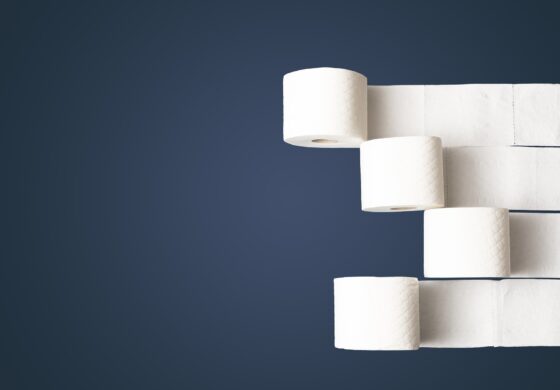Our pelvic floor therapy is offered virtually and is completely non-invasive. Our specialist will meet with you over Zoom to discuss your child’s full health history. This includes medical history, developmental milestones, symptoms, and goals. It will include a virtual assessment of your child’s strength, range of motion, muscle flexibility, posture, breathing patterns, movement patterns, and pelvic and core stability. This information will help our specialist determine the best course of treatment interventions to help your child feel better.
Of course, there are many different approaches that we may take depending on your child’s specific needs when it comes to toileting and pelvic floor. Sessions may look different from child to child and from week to week. But we want to give you an idea of what to expect, so here we will lay out an example of a typical session.
If preparation on your end is requested, we will come up with a plan together prior to the session. This may include creating and tracking a detailed diary with food and fluid intake, bladder episodes, bowel episodes, leakages, sleep patterns, and other symptoms as necessary. This can provide invaluable information about any patterns that are affecting your child’s ability to gain full control of their bowel and bladder and can allow us to make small changes that may have large impacts.
We will discuss any changes you have noticed since the last session, including anything that went well or was difficult. We will offer suggestions for areas that are a struggle; and we will celebrate the wins as well! If there have been difficulties with other areas that impact toileting (such as sensory processing or feeding), we may provide recommendations and/or refer you to resources to assist in those areas.
Having full control of our bowel and bladder requires us to have interoception, the perception of sensation within our own bodies. Between the ages of 1 and 2, toddlers develop the sensation of having an “urge” to urinate or defecate. If this sense doesn’t develop properly, they may have trouble identifying the fullness from within and may experience leakages as a result. Sensory activities can help your child’s system be more receptive to this urge. These activities may or may not require your child to see an occupational therapist as well, which we can determine together.
Your diaphragm and your pelvic floor muscles work in sync as you breathe to allow us to maintain a pressure gradient within our abdominal cavity. When you breathe in, the diaphragm contracts and lowers, pushing our abdominal contents down towards our pelvis. At the same time, our pelvic floor muscles elongate to accommodate this change. When we breathe out, essentially the opposite happens.
When we go to the bathroom, we need our pelvic floor muscles to elongate and relax in order to empty fully. Breathing exercises can help establish proper coordination between these muscles in order to restore bowel and bladder function.
Although the modern toilet is incredibly convenient, our bodies were not designed to evacuate in this position. This is compounded for children who are not large enough to use adult toilets, often with their feet dangling in the air and little to no trunk support. In order to achieve proper alignment to fully empty our bowel, our knees must be above our hips in a squatting position (think squatty potty!). Together we will assess at home positioning and make ergonomic adjustments to best achieve proper toileting positioning.
Pelvic floor muscles can become overstretched or weakened over time, which can contribute to problems with urinary urgency and leakage. Strengthening the muscles can help alleviate these issues. They can also become too tight with increased tension over time, which can contribute to pelvic pain and difficulty emptying the bladder. Lengthening the muscles can help alleviate these issues. Our specialist will help you determine which course of action is appropriate.
At the end of each session, we will discuss what progress we’ve seen during our time together and what areas we will focus on moving forward. We will come up with activities for you and your child to work on together at home before the following session and we will address any questions you might have.
We hope this answers some of your questions and helps you know what to expect during pelvic floor therapy sessions! Interested in more?
How to get started
- Schedule a free consult with our pediatric pelvic floor specialist
- Get an examination from your physician to rule out any medical conditions
- Complete new patient forms
- Schedule an initial evaluation
- Schedule follow up appointments
